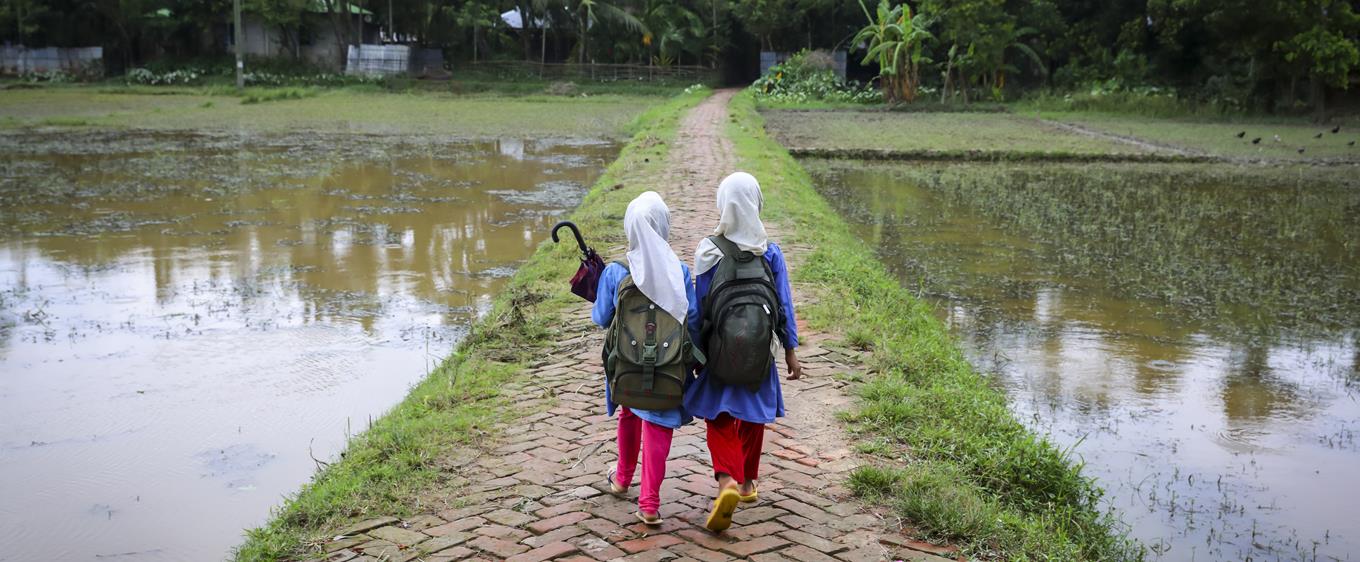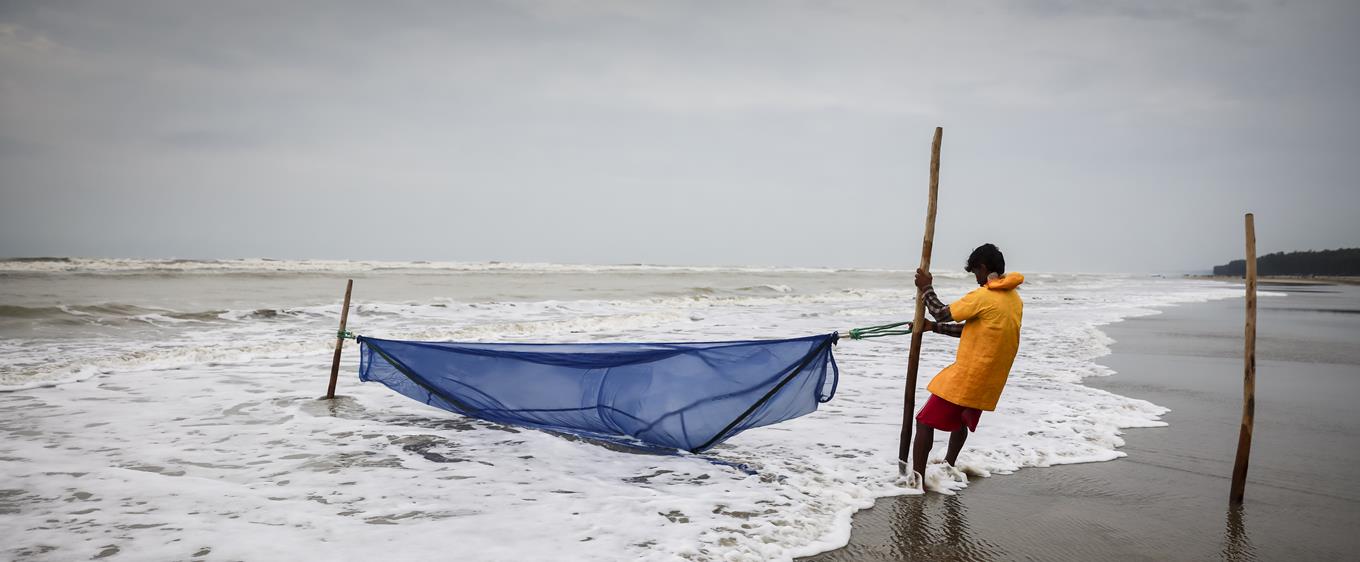
Step 1
Assess the situation
Assess the drowning situation and raise awareness. If needed, establish data collection systems ensuring data on drowning is accurate, timely and inclusive.
Overview
It’s important to properly define the area you are trying to address and understand the drowning problem within it. This will enable you to take a more targeted and evidenced based approach when implementing your plan. It may also highlight the need for more investment up front to establish better data and more robust evidence before progressing to step two.
Things to consider include:
- Who is drowning?
- Why they are drowning?
- Where are they drowning?
- When are they drowning?
- Identify key risks
- Identify indirect/associated risks/issues for example sanitation, climate
- Identify existing control measures/drowning prevention activities
- Identify the magnitude of the problem
- Define the scope and geographical size
Why it is important
- Allows effective targeting of interventions/policy
- Allows allocation of resources
- Lobbying of stakeholders
- Allows you to evaluate effectiveness and measure impact
- Provides information to help raise awareness of drowning
Challenges / considerations
- Cost/resources needed – specialist knowledge
- Lack of existing datasets
- Relies on stakeholder support
- Weak reporting systems/drowning difficult to capture (poor hospital records)
- Time consuming
- Capturing multiple causes of drowning for example disasters, community
Methods
Use secondary data:
- Police records
- Hospital records
- Health surveillance systems
- Media analysis
- Data held by interested organisations (for example WAID in the UK)
- Incident data
Modify existing data collection systems to capture drowning deaths
Collect your own data:
- Surveys
- Risk mapping exercises
Step 1
Assess the situation
